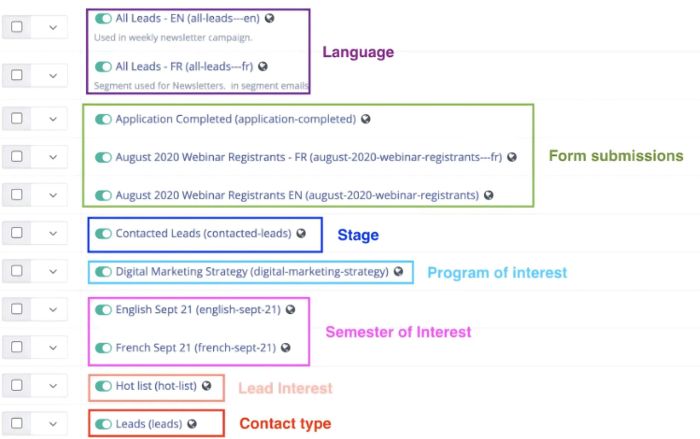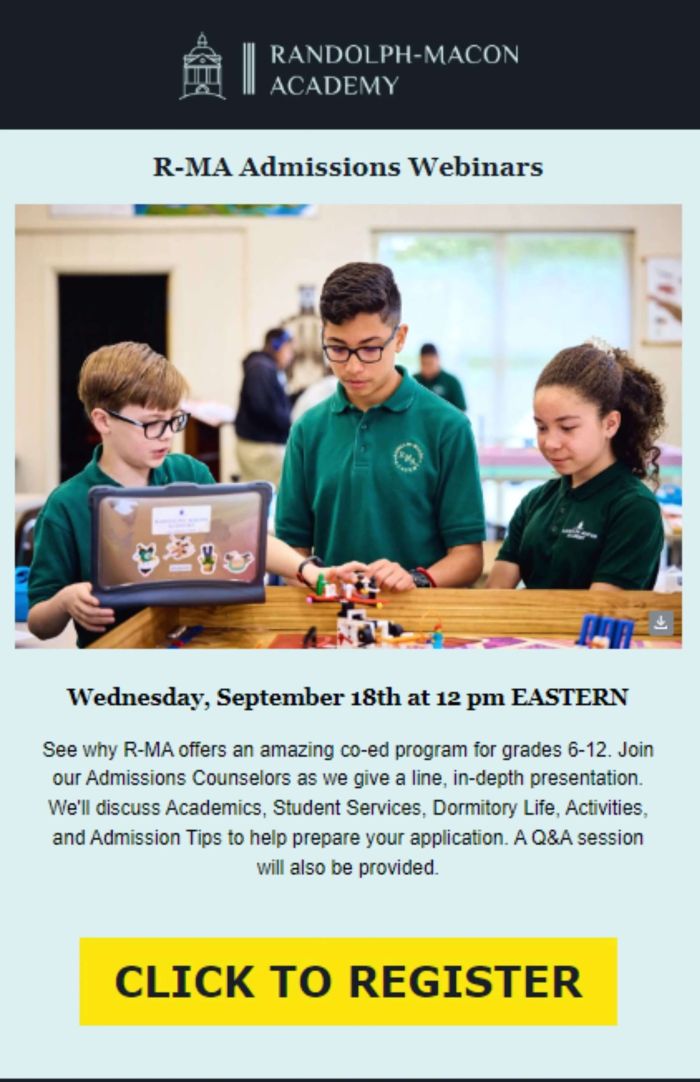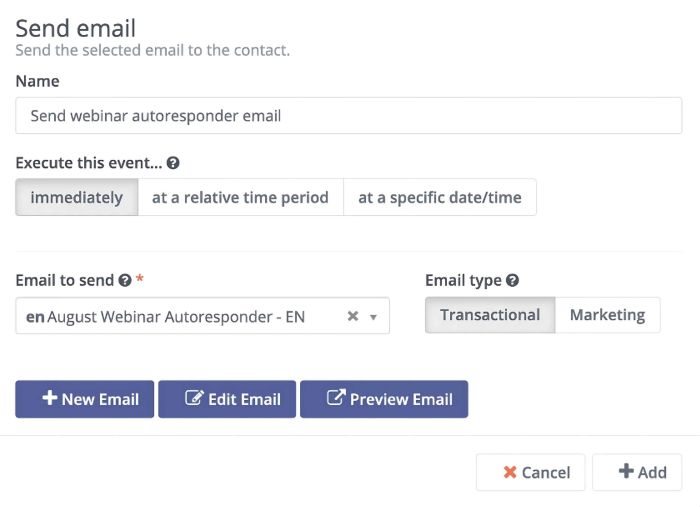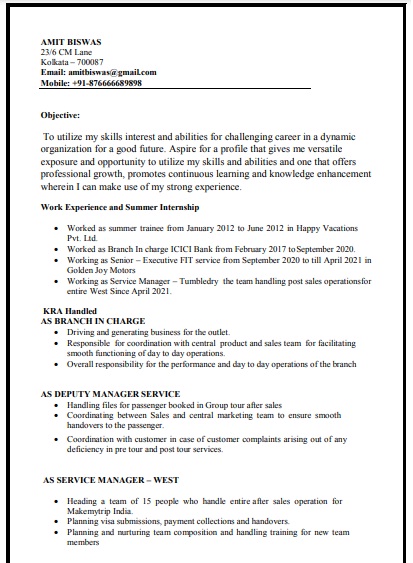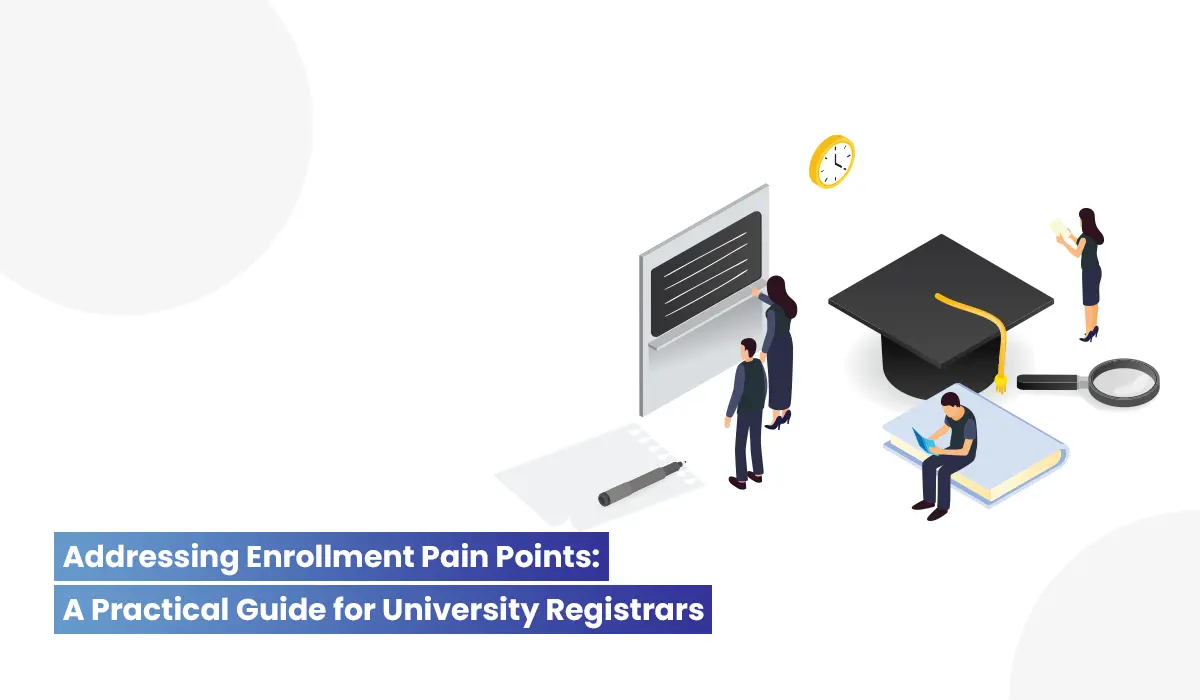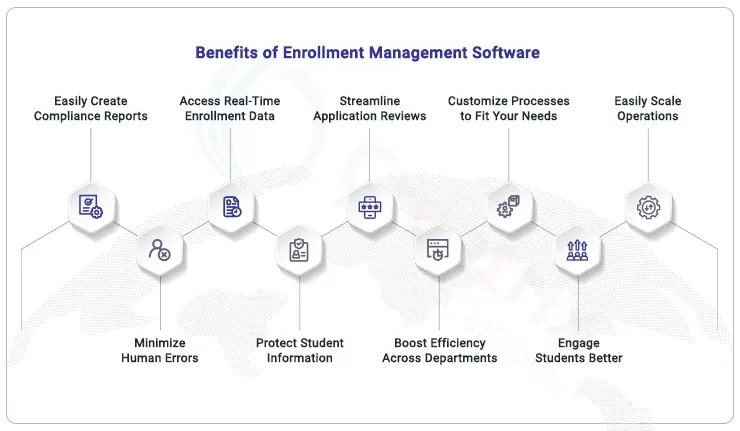by Nic Kipar
We rarely consider whether staff on our campuses are enjoying their work environments and are able to be their most creative and effective selves. We should ask individuals how they work best, to enable them to thrive. Staff should be given the freedom to experiment with different settings, without others imposing judgments based on their own limited perspectives. Here in the first of two blogs Nic Kipar reviews what we know from research about working environments; the second blog will look at what this might mean in practice.
Control over the workspace
A growing body of research underscores the significant role that control over the physical workspace plays in employee wellbeing, productivity, and job satisfaction. Studies consistently show that providing employees with autonomy over their work environment – such as control over lighting, workspace flexibility, and layout adjustments – can reduce stress and improve mental health (Colenberg et al, 2021). This sense of control fosters a positive psychological environment, as evidenced in both Swedish and Dutch Masters and PhD research. For example, Ghaemi Flores (2023) found that agile and activity-based workspaces, which allow for greater personal control, are rated more favourably by employees. Similarly, van der Vleuten-Chraibi (2019) observed that control over light levels even in shared spaces enhances workspace satisfaction and productivity.
Despite these benefits, the hierarchical tradition in workspace allocation—where higher-ranking employees receive designated offices—remains a barrier to the adoption of more flexible environments. Ghaemi Flores (2023, p44) notes that overcoming this cultural resistance is crucial for a successful transition to activity-based work settings.
Research also challenges the assumption that open-plan offices facilitate collaboration. Instead, these layouts often lead to increased distractions and reduced personal control, negatively impacting both productivity and employee wellbeing (Bernstein and Turban, 2018). Open-plan designs, especially cubicles, have been shown to disrupt natural collaboration, as employees may withdraw to avoid noise and distractions.
This body of research collectively suggests that providing employees with control over their workspace fosters a healthier, more satisfying work environment, positively affecting both personal and organisational outcomes.
Wellbeing and working environments
The psychological dimension of workspace design is essential to employee wellbeing and productivity. Ruohomäki et al (2015) identify key factors, such as privacy, personal space, and control over tasks and schedules, as critical for reducing distractions and supporting mental focus. Research by Danielsson and Bodin (2008) further supports the idea that private and agile office environments contribute to better emotional health, largely due to the sense of control they afford employees. Lee and Brand (2005) also proposed that offering more flexibility and control over workspaces could lead to significant benefits for occupants. This is consistent with findings by Laughton and Thatcher (2019, p837) that shared offices and agile spaces promote psychological wellbeing more effectively than reservable spaces or open-plan offices.
Morrison and Macky (2017) applied the established Job Demands-Resources model to explore the demands of shared work environments and hot-desking arrangements and found that open offices increase cognitive demands on employees, leading to higher job dissatisfaction. Similarly, Cvijanovic (2019) found that customised workspaces are linked to higher job satisfaction and lower stress, although they do not necessarily enhance productivity. High social density within a workspace has also been shown to reduce perceived control (MacMillan, 2012). The study by Cobaleda Cordero et al (2019) of wellbeing related to working spaces also supports these findings.
The role of greenspace in workplace wellbeing
Access to greenspace within the workplace has been shown to positively affect employee wellbeing. Research by Bratman et al (2015) and Berman et al (2008) showed that walking in nature or even viewing pictures of nature can improve directed attention and cognition, the latter supporting the theory of Attention Restoration. (Attention Restoration Theory, developed by psychologists Stephen Kaplan and Rachel Kaplan in the late 1980s, proposes that exposure to natural environments can help restore mental focus and relieve “attention fatigue.” This fatigue arises when we rely on directed, or focused, attention for extended periods.) Gilchrist et al (2015) went further by finding that time spent in workplace greenspace, as well as views of natural elements like trees and flowering plants, significantly boosted wellbeing. Interestingly, the mere presence of these natural elements, rather than subjective satisfaction with the view, appears to be sufficient to yield benefits.
A systematic review by Ricciardi et al (2022) suggests that greenspace exposure may benefit cognition, according to recent advances in environmental psychology. The review included six longitudinal and 19 cross-sectional studies focusing on schoolchildren, adults, and the elderly. Most studies used the Landsat Normalized Difference Vegetation Index, which is a widely used measure of live green vegetation on Earth, calculated from satellite images, to measure greenspace exposure and examined outcomes such as academic achievement, global cognition, attention/executive functions, and memory. Although findings are inconsistent, they indicate a potential cognitive benefit from exposure to greenspace.
Activity-based workspaces
Activity-Based Workspaces (ABWs) are designed to offer flexibility by providing different spaces tailored to specific tasks, encouraging employees to choose environments that support their current work needs. Originally introduced to stimulate creativity in IT start-ups, ABWs are intended to facilitate both collaborative and focused work. However, Haapakangas et al (2023) found that the use of ABWs varies widely among employees, influenced by factors such as age, job role, and ergonomic satisfaction. High cognitive demands and collaborative tasks were associated with more active workspace switching, while distractions in ABWs led to frustration and a decrease in perceived environment fit. Haapakangas et al (2018) noticed that difficulties in locating available workspaces led to frustration and perceptions of time loss and recommend implementing real-time information systems to help employees locate suitable workspaces and accessible quiet zones to address privacy needs.
Clearly, there will always be a need for quiet working spaces, which also highlights the benefits of flexible working that includes home office work (should the individual wish to do so and has a quiet home office working space, which may not be possible for everyone).
The value of silence, and the value of controlled noise
Silence in the workplace offers numerous benefits, such as enhancing wellbeing, productivity, emotional regulation, and focus for all employees, but particularly for neurodiverse employees or those sensitive to noise. Quiet spaces reduce sensory overload and support productivity, especially for individuals on the autism spectrum or those with sensory processing disorders (Asselineau et al, 2024, Cox et al, 2024, Szulc, 2024). Open-plan offices, however, often contribute to decreased wellbeing due to limited privacy and excessive noise (Delle Macchie et al, 2018, Laughton, 2017).
Interestingly, silence can have the opposite effect on some, with controlled noise being beneficial for some individuals and tasks. Research on ADHD (Sikström and Söderlund, 2007; Söderlund et al, 2007; Söderlund et al, 2010) suggests that moderate background noise may enhance focus by helping the brain filter distractions. ADHD is linked to unusual functioning of the brain’s dopamine system, a neurotransmitter crucial for motivation, attention, and learning. Under typical conditions, stable dopamine levels allow the brain to regulate its responses to new stimuli, “dampening” reactions to prevent overstimulation. However, in individuals with ADHD, dopamine levels are lower than average, which causes the brain to overreact to external stimuli, leading to heightened sensitivity and difficulty filtering out distractions. In environments with moderate stimulation (like gentle noise or activity), people with ADHD can often focus well. This phenomenon, known as “stochastic resonance”, suggests that a moderate level of noise can improve cognitive performance by making it easier to distinguish important signals. Though it may seem counterintuitive, the right amount of noise can push a weak signal over a “detection threshold,” allowing it to stand out more clearly.
Stochastic resonance, observed across systems from biological networks to electronics, demonstrates how controlled noise can sometimes enhance performance. In the brain, this effect helps neurons respond more effectively to subtle stimuli. For individuals with ADHD, who typically have lower dopamine levels, computational models suggest that a slightly higher level of background noise may be needed to achieve this beneficial effect, enabling the brain to filter out distractions. However, both extremes – very quiet (low stimulation) or highly chaotic (high stimulation) environments – can impair focus. Empirical evidence supports this theory, indicating that tailored environmental adjustments, such as specific levels of background noise, can help individuals with ADHD better manage distractions and maintain concentration.
Studies by Vostal et al (2013) also highlight the need for adjustable acoustic environments for those with ADHD, as a controlled level of noise or visual simplicity can improve task engagement. In classrooms, Batho et al (2020) found that quiet zones or low-level background noise are beneficial, depending on the cognitive task – findings that may be relevant to workplace design as well.
It is not only the noise or activity in an environment that can be beneficial; the environment itself plays a crucial role. Kat Holmes notes that “the objects and people around us influence our ability to participate” (Holmes et al, 2018, p2). Certain settings can create a sense of belonging, such as the feeling of being part of a learning community in student study spaces, which can enhance concentration and productivity. Humans are inherently social beings, shaped by evolution to thrive in environments that support connection – provided there are also sufficient opportunities for solitude and silence when needed.
Summary
This short literature review underscores the importance of control, flexibility, and environmental sensitivity in workplace design. The research suggests that workplaces need to cater to individual preferences and diverse needs to create supportive and inclusive environments that foster both personal and organisational success. No preference is better or worse, it all depends on the individual and what works best for them.
Nic Kipar leads the Academic and Digital Development team at the University of Glasgow. She played an instrumental role in the creation of the James McCune Smith Learning Hub, focusing on inclusive active learning. Nic co-leads the Enhancing Learning & Teaching Practice workstream, contributing to the university’s Learning & Teaching strategy and planning for the upcoming Keystone building, which will feature large interdisciplinary labs. Nic also chairs a working group on Pedagogy in Superlabs, pioneering these innovative spaces for the university.
References
Asselineau, A, Grolleau, G and Mzoughi, N (2024) ‘Quiet environments and the intentional practice of silence: Toward a new perspective in the analysis of silence in organizations’ Industrial and organizational psychology, 17(3), pp 326-340
Batho, LP, Martinussen, R and Wiener, J (2020) ‘The Effects of Different Types of Environmental Noise on Academic Performance and Perceived Task Difficulty in Adolescents With ADHD’ Journal of attention disorders, 24(8), pp 1181-1191
Bayne, S (2024) Future of learning spaces University of Edinburgh: Learning & Teaching Design workshop, 28.10.2024
Bayne, S, Wood, H-R, Simmonds, R, Drysdale, T, Murray, E, Lamb, J, Christie, B. and Nicol, . (2024) Futures For Our Teaching Spaces: principles and visions for connecting space to curriculum Edinburgh: University of Edinburgh
Berman, MG, Jonides, J and Kaplan, S (2008) ‘The Cognitive Benefits of Interacting With Nature’ Psychological Science, 19(12), pp 1207-1212
Bernstein, ES and Turban, S (2018) ‘The impact of the ‘open’ workspace on human collaboration’ Philosophical transactions of the Royal Society of London. Series B. Biological sciences, 373(1753), pp 1-8
Bratman, GN, Daily, GC, Levy, BJ and Gross, JJ (2015) ‘The benefits of nature experience: Improved affect and cognition’ Landscape and Urban Planning, 138, pp 41-50
Champion, L. (2024) RE: Evolution is based on variation. Personal communication to Kipar, N., 05.11.2024
Cobaleda Cordero, A, Babapour, M and Karlsson, M (2019) ‘Feel well and do well at work: A post-relocation study on the relationships between employee wellbeing and office landscape’ Journal of corporate real estate, 22(2), pp 113-137
Colenberg, S, Jylhä, T and Arkesteijn, M (2021) ‘The relationship between interior office space and employee health and well-being – a literature review’ Building research and information: the international journal of research, development and demonstration, 49(3), pp 352-366
Cox, CB, Krome, LR and Pool, GJ (2024) ‘Breaking the sound barrier: Quiet spaces may also foster inclusivity for the neurodiverse community’ Industrial and organizational psychology, 17(3), pp 350-352
Craft, A (2005) Creativity in schools: tensions and dilemmas London/New York: RoutledgeFalmer
Cvijanovic, M (2019) The relationship between workspace and office placement and workforce productivity and wellbeing Doctor of Philosophy, Walden University, Minneapolis, Minnesota
Danielsson, CB and Bodin, L (2008) ‘Office Type in Relation to Health, Well-Being, and Job Satisfaction Among Employees’ Environment and behavior, 40(5), pp 636-668
Delle Macchie, S, Secchi, S and Cellai, G (2018) ‘Acoustic Issues in Open Plan Offices: A Typological Analysis’ Buildings (Basel), 8(11)
Ghaemi Flores, S (2023) From cubicles to collaboration: A study on the transformation of government office spaces driven by cost-efficiency, digitilization, and modernization Master of Science, KTH Royal Institute of Technology, Stockholm
Gilchrist, K, Brown, C and Montarzino, A (2015) ‘Workplace settings and wellbeing: Greenspace use and views contribute to employee wellbeing at peri-urban business sites’ Landscape and urban planning, 138, pp. 32-40
Haapakangas, A, Hallman, DM, Mathiassen, SE and Jahncke, H (2018) ‘Self-rated productivity and employee well-being in activity-based offices: The role of environmental perceptions and workspace use’ Building and environment, 145, pp 115-124
Haapakangas, A, Sirola, P and Ruohomäki, V (2023) ‘Understanding user behaviour in activity-based offices’ Ergonomics, 66(4), pp 419-431
Holmes, K (2018) Mismatch: how inclusion shapes design Cambridge, Massachusetts: The MIT Press
Laughton, K-A (2017) The Effects of Workspace Office Layout on Aspects of Employee Wellbeing MA, University of Witwatersrand, Johannesburg
Laughton, K-A and Thatcher, A ‘Health and Wellbeing in Modern Office Layouts: The Case of Agile Workspaces in Green Buildings’ Proceedings of the 20th Congress of the International Ergonomics Association (IEA 2018), Florence, Italy: Springer International Publishing, pp 831-840
Lee, SY and Brand, JL (2005) ‘Effects of control over office workspace on perceptions of the work environment and work outcomes’ Journal of environmental psychology, 25(3), pp 323-333
Lin, Y-S (2020) ‘Possibility Thinking’ The Palgrave Encyclopedia of the Possible Cham: Springer International Publishing, pp 1-9
Morrison, RL and Macky, KA (2017) ‘The demands and resources arising from shared office spaces’ Applied ergonomics, 60, pp 103-115
Ricciardi, E, Spano, G, Lopez, A, Tinella, L, Clemente, C, Elia, G, Dadvand, P, Sanesi, G, Bosco, A and Caffò, AO (2022) ‘Long-Term Exposure to Greenspace and Cognitive Function during the Lifespan: A Systematic Review’ International Journal of Environmental Research and Public Health, 19(18)
Runco, MA (2007) Creativity: theories and themes: research, development, and practice Amsterdam; Boston: Elsevier Academic Press
Ruohomäki, V, Lahtinen, M and Reijula, K (2015) ‘Salutogenic and user-centred approach for workplace design’ Intelligent Buildings International, 7(4), pp 184-197
Sikström, S and Söderlund, G (2007) ‘Stimulus-Dependent Dopamine Release in Attention-Deficit/Hyperactivity Disorder’ Psychological Review, 114(4), pp 1047-1075
Söderlund, G, Sikström, S and Smart, A (2007) ‘Listen to the noise: noise is beneficial for cognitive performance in ADHD’ Journal of Child Psychology and Psychiatry, 48(8), pp 840-847
Söderlund, GBW, Sikström, S, Loftesnes, JM and Sonuga-Barke, EJ (2010) ‘The effects of background white noise on memory performance in inattentive school children’ Behavioral and Brain Functions, 6(1)
Szulc, JM (2024) ‘Embracing silence: Creating inclusive spaces for autistic employees’ Industrial and organizational psychology, 17(3), pp 357-359
Tasler, N (2024) RE: Aladdin Personal communication to Kipar, N 05.11.2024
van der Vleuten-Chraibi, S (2019) Lighting in multi-user office environments: improving employee wellbeing through personal control PhD, Eindhoven University of Technology, Eindhoven
Vostal, BR, Lee, DL and Miller, F (2013) ‘Effects of Environmental Stimulation on Students Demonstrating Behaviors Related to Attention Deficit/Hyperactivity Disorder: A Review of the Literature’ International Journal of Special Education, 28(3), pp 32-43
















